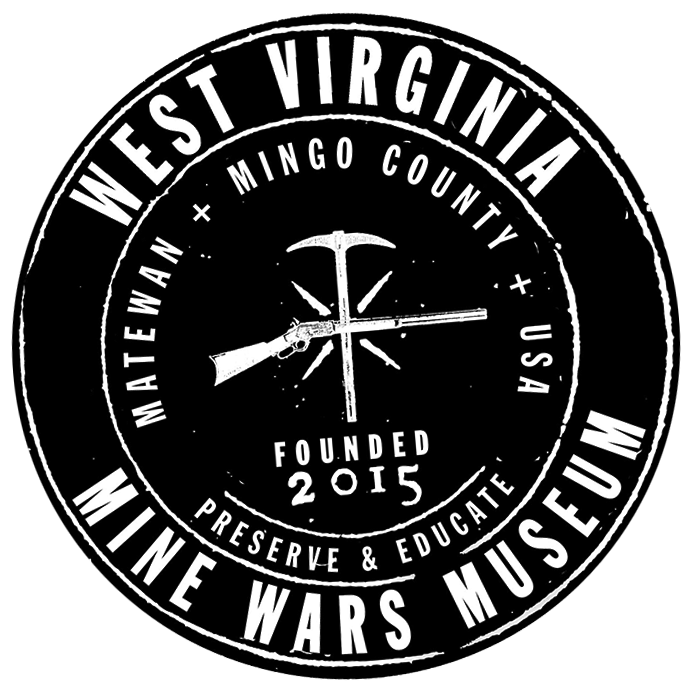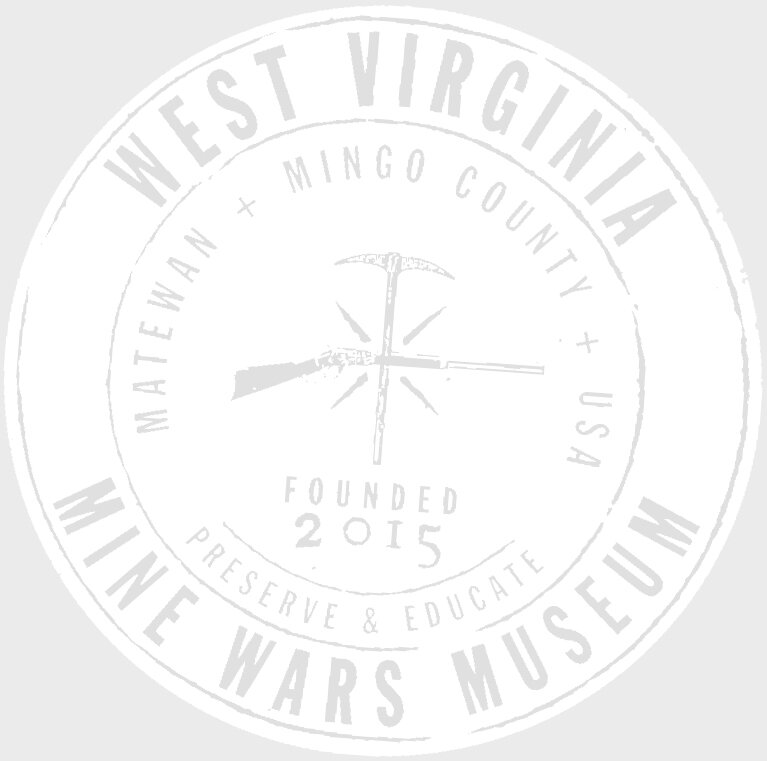Matewan Before the Massacre
Matewan Before the Massacre
Politics, Coal, and the Roots of Conflict in a West Virginia Mining Community
Rebecca J. Bailey
Paperback, 224 pages
2008
West Virginia University Press
From Lou Martin, historian and founding museum board member:
For decades, the battle that took place on the railroad tracks in Matewan was considered just another event in the march toward Blair Mountain, another injustice that escalated the broader conflict over union rights. During those same decades, the people of Matewan and the surrounding towns remained silent, and the complexities of the conflict in Mingo County remained unknown. Then, in 1989 and 1990, an oral history project finally gave them a chance to preserve their stories. One of the interviewers was Rebecca Bailey, who traced her family roots to southern West Virginia, and came back to the Mountain State to study history at WVU where I met her in the old archives at Colson Hall. Bailey spent years thinking about those interviews, digging through the archives, and peeling back the layers. Matewan Before the Massacre details the years leading up to the event popularly known as the Matewan Massacre. Her account reveals how local and state contests for power intersected with the conflict over unionization, providing a definitive answer to the question, "Why Matewan?"
From the publisher:
On May 19, 1920, gunshots rang through the streets of Matewan, West Virginia, in an event soon known as the “Matewan Massacre.” Most historians of West Virginia and Appalachia see this event as the beginning of a long series of tribulations known as the second Mine Wars. But was it instead the culmination of an even longer series of proceedings that unfolded in Mingo County, dating back at least to the Civil War?
Matewan Before the Massacre provides the first comprehensive history of the area, beginning in the late eighteenth century continuing up to the Massacre. It covers the relevant economic history, including the development of the coal mine industry and the struggles over land ownership; labor history, including early efforts of unionization; transportation history, including the role of the N&W Railroad; political history, including the role of political factions in the county’s two major communities—Matewan and Williamson; and the impact of the state’s governors and legislatures on Mingo County.


